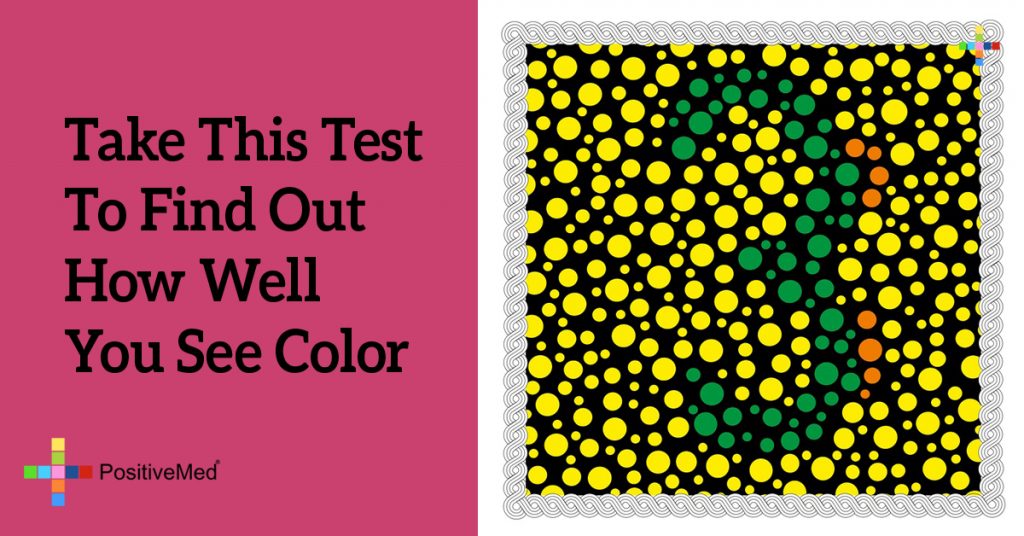
Take This Test To Find Out How Well You See Color
The condition color blindness makes it unimaginably difficult, if not altogether impossible to distinguish differences in color. Being color blind does not mean that color cannot be seen at all, but rather that certain shades of colors cannot be seen. For example, in the absence of “red” retinal photo receptors in the eye, the colors of the rainbow present as shades of golds and blues, without any red, orange, greens or purple shades present.

Diagnosing Color Blindness
While it is more common for males to experience color blindness, in actuality, some individuals may not know that they are color blind at all. The first step in determining color blindness is physically assessing how well you see color in the first place. Studies have shown that vision deficiency will vary from individual to individual, with the red-green color deficiency reported most commonly.
Challenges of Color Blindness
In the event that color blindness is not recognized until later in life, it is usually the case that individuals have learned how to cope with this mysterious problem and have faced and responded to difficulties in everyday life such as:
Identifying ripe versus unripe fruit, such as a banana
Adversely ignoring charging indicator lights, such as a red LED signalVisually encountering unappetizing food (eg. crisp, green vegetables that appear brown); and
Frustration in routine activities that require differentiation
Individuals can determine an area of color deficiency in their sight by taking an online color blind test. Although color blindness is associated with heredity, some medical conditions such as diabetes, multiple sclerosis and leukemia can also result in degradation of color recognition.







